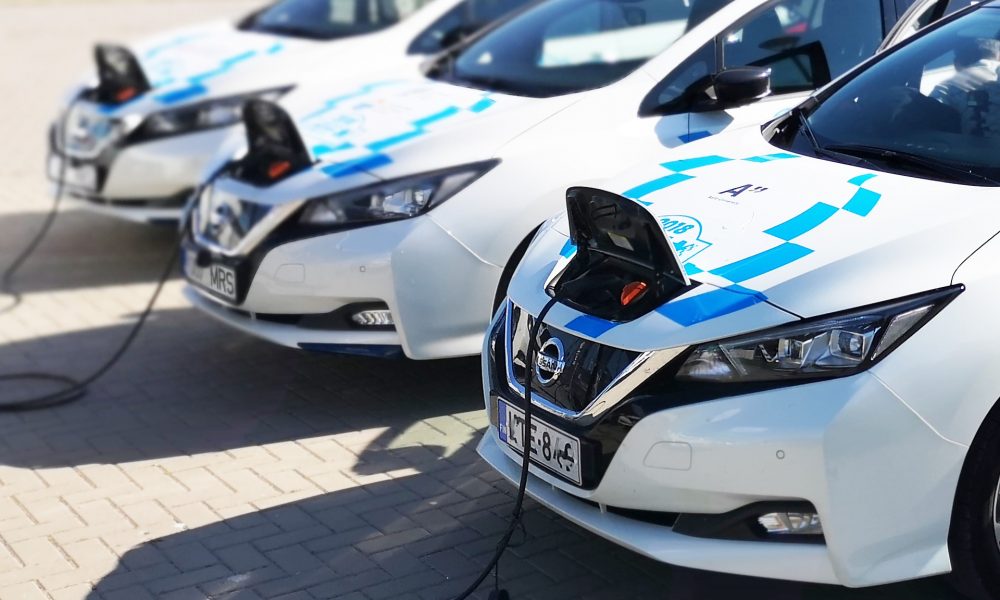As we’ve all seen and heard at various international conferences and the like, transportation is key to making the world healthier, happier and greener. After many decades of relying on the internal combustion engine to power our vehicles, and the subsequent release of huge quantities of greenhouse gases, we’re facing a future in which the electric vehicle (EV) will become increasingly crucial. This isn’t a development that we’re waiting to occur; it’s already happening. Just look around you when you walk to the shops, or check out the TV when the ad break is on. Ask yourself: when was the last time you saw an ad for a petrol or diesel car?
It’s all too obvious that, whether you like it or not, the days of the internal combustion engine are coming to an end. It’s been a very useful asset, albeit a damaging one, but it’s time to move on. Electric cars, and their hydrogen-powered counterparts, are surely here to stay. And with little or no emissions to worry about, perhaps the biggest potential problem revolves around what we do with spent batteries once they are no longer of use in our vehicles.
At the moment, EV batteries and their components are expected to last around ten years in the average run of the mill car. They will then need to be replaced, but what will happen when we dispose of the old battery? Those little AAAs that power our electric toothbrushes and the like are bad enough for the environment if they’re not recycled properly, so a large, heavy and potentially dangerous EV battery could represent a major ecological headache. If we continue to switch en masse to electric cars, then a decade or so from now onwards there will be millions of their batteries looking for a new purpose.
Doing the right thing for a change
The good news is that they don’t have to be thrown in yet another landfill. EV batteries in cars tend to need replacing when they lose around 30% of their effectiveness, which leaves plenty of power that can still be utilised. And the prospect of giving EV batteries a second life is a fascinating one, in part because it gives us as a society a chance to do the right thing from the very start, and to avoid making the mistakes we made in the past. There’s an old saying that those who don’t know history are doomed to repeat it. Maybe this time round it won’t be the same.
So, imagine a world ten years from now when the first significant wave of spent EV batteries starts to roll in from the repair garages of tomorrow. What will be done with them? At the moment, there’s an emphasis on reusing them in stationary locations to power streetlights, generators and, irony of ironies, car charging points, but once the infrastructure is in place the possibilities will be almost endless. By 2040 alone, it’s estimated that around eight million EV batteries will be looking for a second life, so there’s still time for research and development teams to come up with more uses.
One of the reasons for optimism that we may just do the right thing for a change lies in the realisation that hefty profits can be made by forward-thinking organisations that are able to extend EV battery life via the most practical usages. And as we all know, without sounding overly cynical, the impetus for success is usually money. Everyone’s a winner, as another old saying goes. A couple of decades from now, some far-sighted entrepreneur with a penchant for innovation could be the next generation’s Jeff Bezos or Elon Musk. Wouldn’t it be great if her name was Evie?










